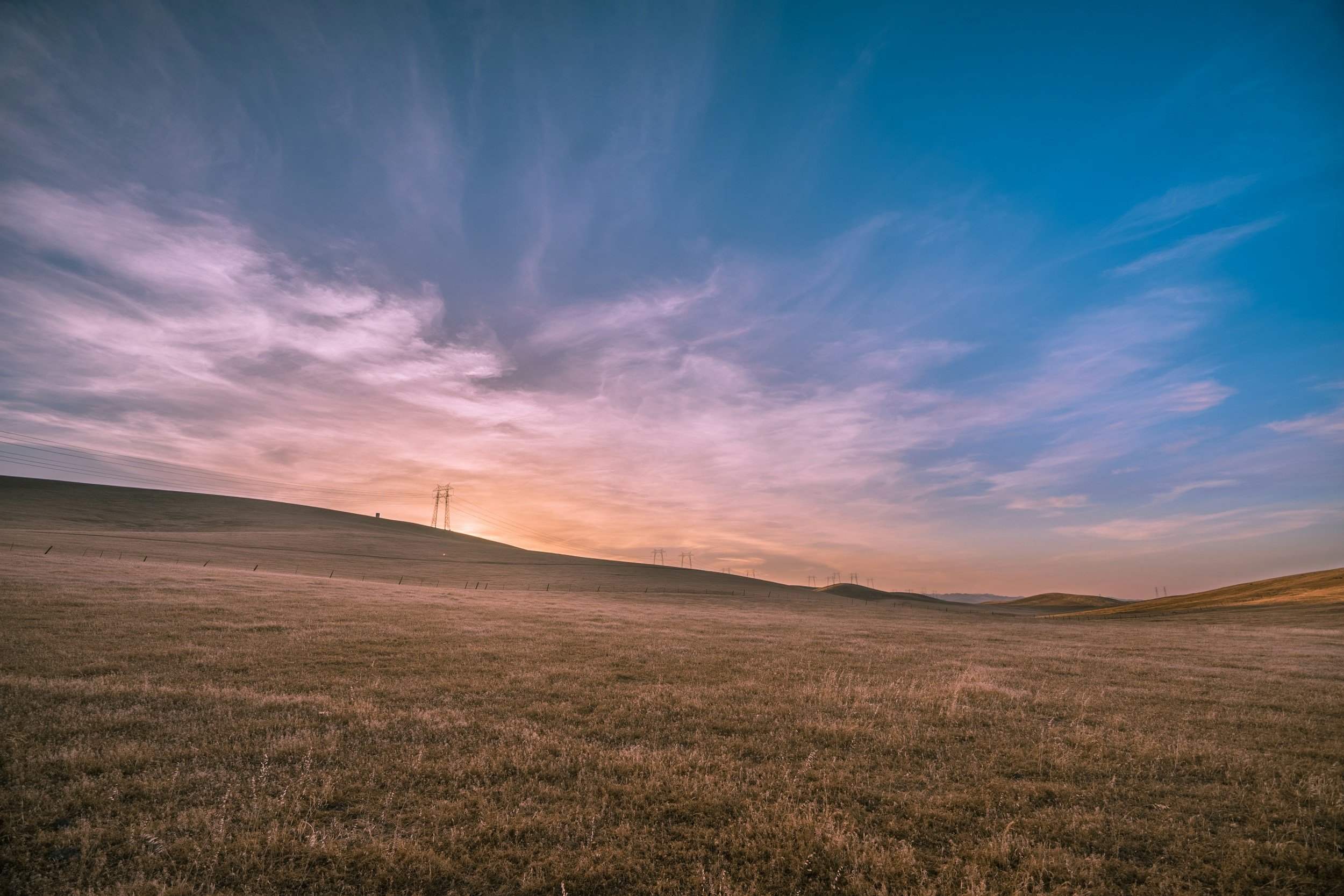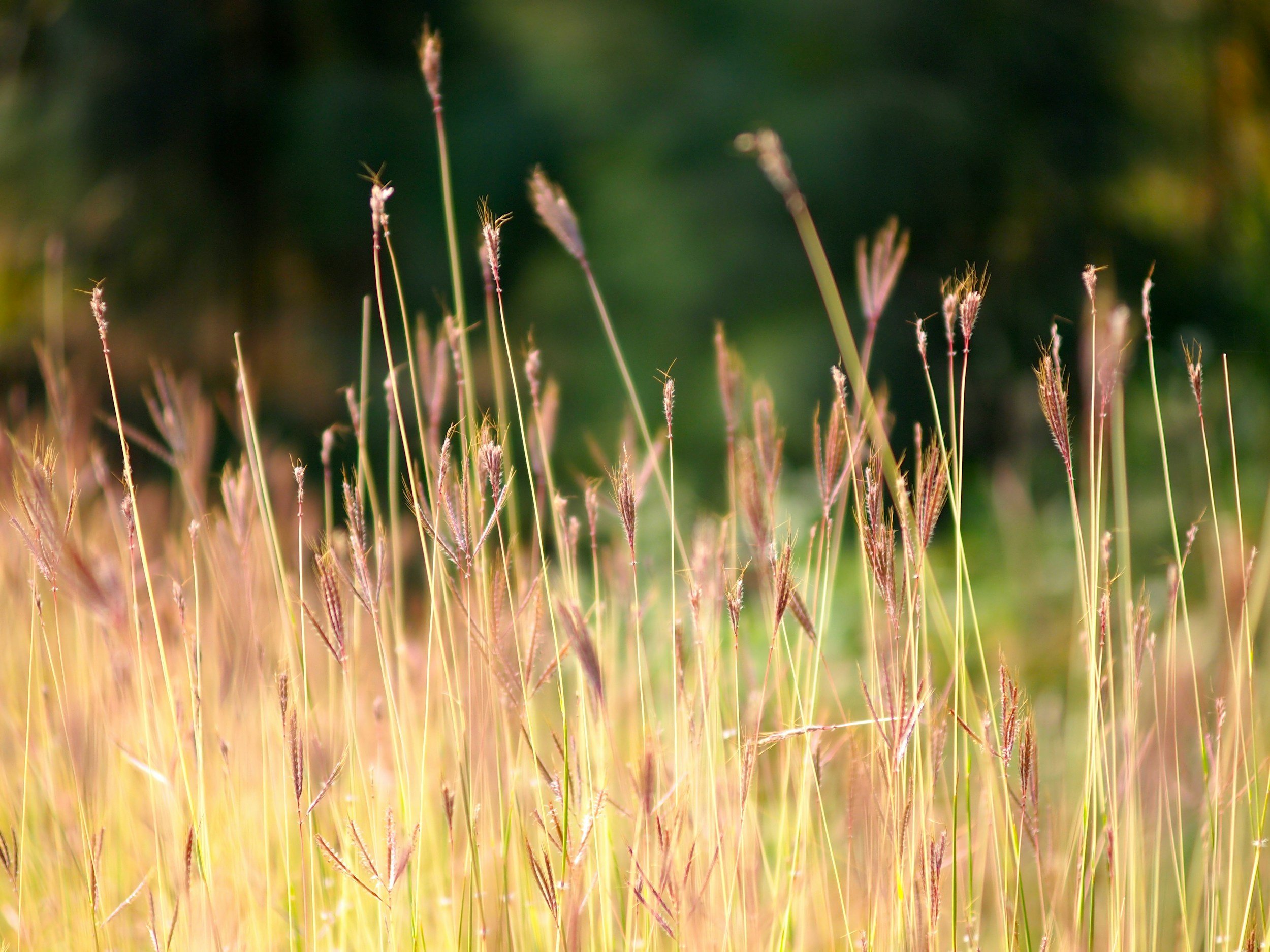What is CRP Seed and Why is it Important for Conservation
Introduction to CRP Seed and Its Importance
CRP seed refers to the seed mixes used in the Conservation Reserve Program (CRP), a key initiative managed by the U.S. Department of Agriculture (USDA). The CRP is a vital conservation program aimed at preserving and improving the nation's natural resources, including soil, water, and wildlife habitats. By planting CRP seed, landowners can create a habitat that fosters the growth of native species, supports pollinators like butterflies, and enhances biodiversity, all while combating climate change.
How CRP Seed Supports Natural Resources
CRP seed is a blend of native plants and grasses that are specifically designed to promote the health of the land and the environment. These seed mixes vary depending on the specific goals of the conservation effort and the region where they are planted. However, they all contribute to conserving natural resources, such as soil, water, and native vegetation.
For example, planting CRP seed on marginal farmland can help prevent soil erosion, improve water quality by reducing runoff, and restore native plant species to areas where they have been depleted. This restoration process helps reestablish the health of the ecosystem and provides essential resources for wildlife, including food, shelter, and nesting areas.
The Role of CRP in Combatting Climate Change
One of the key benefits of the Conservation Reserve Program is its potential to mitigate the effects of climate change. By converting agricultural land into native habitats, the program reduces greenhouse gas emissions and promotes carbon sequestration. Plants, especially deep-rooted grasses and perennials, play an important role in capturing and storing carbon in the soil. Over time, this helps reduce the amount of carbon in the atmosphere, thus contributing to global efforts to combat climate change.
Additionally, CRP land often acts as a natural buffer against extreme weather events such as floods and droughts. These events are becoming more frequent due to climate change, and the conservation of natural landscapes can help protect property and infrastructure from damage.
The Importance of Wildlife and Habitat Preservation
CRP seed not only supports the environment but also plays a significant role in wildlife conservation. Many species, particularly pollinators such as bees and butterflies, are under threat due to habitat loss, pesticide use, and climate change. By planting CRP seed, landowners create habitats that provide food and shelter for a variety of wildlife, helping to support declining populations.
These habitats are particularly crucial for pollinators, which are essential for the health of our ecosystems. Pollinators contribute to the reproduction of many plants, and in turn, support food production. Restoring natural habitats through the use of CRP seed is a direct way to support the populations of these critical species.
Health and Economic Benefits of CRP
In addition to environmental benefits, CRP and the use of CRP seed can improve human health and property values. By improving air and water quality, CRP lands help create healthier living conditions for people, especially in rural areas. Furthermore, land that has been restored with native plants and wildlife habitats can increase in value due to its improved environment and potential for recreational use, such as hunting and wildlife watching.
The financial incentives provided by the CRP also offer direct economic benefits to landowners. Farmers and property owners who enroll in the program receive payments for allowing their land to be used for conservation. This can help offset the cost of taking land out of agricultural production, while also contributing to the overall goals of conservation.
Steps to Getting Involved in CRP
For landowners interested in joining the Conservation Reserve Program, the first step is to contact their local USDA office to learn about the different options available. The program offers various program types, including initiatives focused on wetlands, grasslands, and wildlife preservation. There are also opportunities to tailor the seed mix to the specific needs of the land, ensuring that the most beneficial plants and grasses are used.
Our expert team can at Clarity Seed Farms can help you in your CRP seed applications in order to find the best program for your ground.
Once enrolled in the program, participants will follow a series of steps to establish and maintain the CRP land. This may include selecting the appropriate CRP seed, planting it according to the guidelines, and managing the land to ensure that it remains healthy and productive for wildlife.
Research and Development of CRP Seed Mixes
Ongoing research plays a crucial role in the development of CRP seed mixes. Scientists and conservationists are constantly studying the effectiveness of different plant species in promoting biodiversity, preventing soil erosion, and supporting pollinators. These findings are used to create better seed mixes that are tailored to specific regions and conservation goals.
For example, research might focus on which plant species provide the best habitat for specific types of wildlife or which combinations of grasses and wildflowers are most effective at improving soil health. This ensures that CRP seed mixes are as beneficial as possible for both the land and the environment.
The Future of CRP and Conservation Efforts
As concerns about climate change and biodiversity loss continue to grow, programs like CRP will become increasingly important. CRP seed and the restoration of natural habitats offer a solution to many of the challenges facing our natural resources. Whether it’s improving air and water quality, supporting pollinators, or reducing the impact of extreme weather, the Conservation Reserve Program plays a key role in protecting the environment for future generations.
As more people learn about the benefits of CRP, the hope is that greater participation will be seen, both from landowners and the general public. Educational events and outreach programs are essential in spreading awareness about the importance of conservation. States play a big role in promoting CRP programs, and citizens can help by advocating for continued funding and support.
Conclusion: Meeting Conservation Goals Together
Ultimately, CRP seed is more than just a tool for improving individual plots of land—it is a powerful means of achieving larger conservation goals. By establishing CRP lands, individuals can contribute to the protection of natural resources, help combat climate change, and support a diverse array of wildlife. With the variety of options available, from wetland restoration to pollinator support, there is a place for everyone to get involved in conservation efforts through the CRP.
To learn more about how you can benefit from CRP and support the health of your property and the environment, check with your local USDA office or give our office a call. Together, we can take the necessary steps to protect the natural world and ensure a sustainable future.





